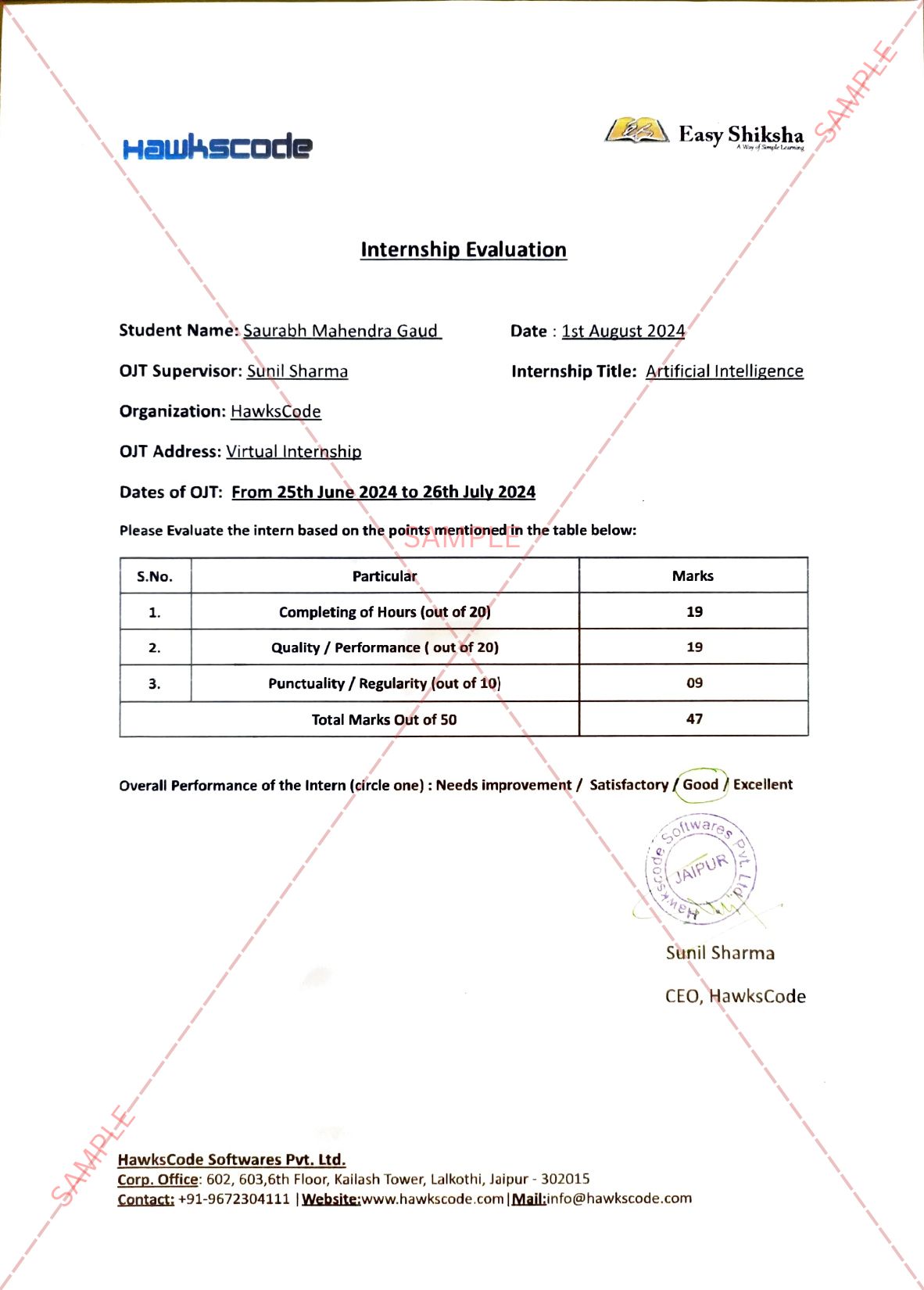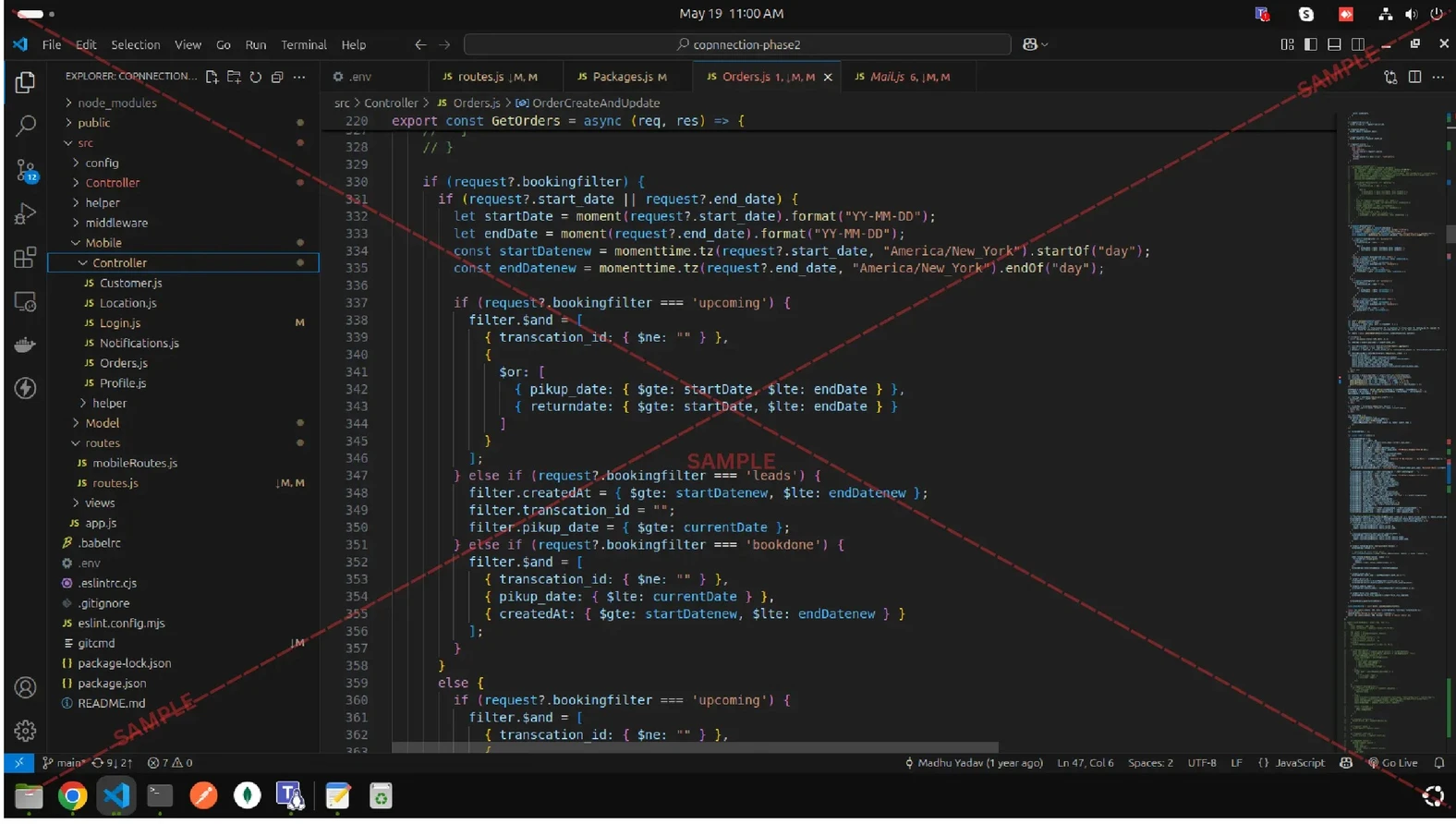










Comparison charts are a versatile and powerful tool, especially in educational settings. They offer a visual method to contrast and compare data, ideas, concepts, or any information in a structured manner.
By leveraging comparison charts, educators can bring clarity to complex ideas and foster critical thinking among students. In addition, comparison charts are easy to make at www.storyboardthat.com/create/comparison-chart-template, so everyone can use them. Let's delve into the benefits of comparison charts, explore how they can be used across various school subjects, and share some tips for effective implementation in the classroom.
Benefits of Comparison Charts
These educational materials can be useful in different ways. Here are the main advantages of introducing them in your classroom:
• Visualize: Many human beings are visual learners. Charts provide a visual representation of data, making complex concepts more accessible and easier to understand.
• Simplify Complex Data: Some information is dense and can be difficult to grasp in textual form. A comparison chart breaks down such data, presenting it in bite-sized chunks.
• Aid Memory: Visual aids, like comparison charts, assist in the retention of information. When students can visualize the comparison, they are more likely to remember it.
• Facilitate Critical Thinking: Comparison charts require students to analyze data and notice patterns, differences, and similarities, which enhances critical thinking and analytical skills.
• Engage Students: Interactive and colorful charts can capture students' attention, leading to better engagement and participation in lessons.
Examples of Comparison Chart Use Across Subjects
Such handouts or presentational materials are very versatile and can be used to teach different subjects. Let’s see how they can be used in mathematics, history, science, language arts, social studies, and art classes.
Mathematics
• Comparing Algorithms: Present different methods to solve a particular problem and compare their efficiency, steps, and outcomes.
• Comparing Geometric Shapes: Display various shapes and contrast their properties like sides, angles, and symmetry.
History
• Timeline Comparisons: Use charts to compare events from different eras or civilizations side-by-side.
• Comparing Historical Figures: Analyze similarities and differences in their leadership, beliefs, and contributions.
Science
• Animal and Plant Classification: Contrast different species or breeds based on characteristics like habitat, diet, and lifespan.
• Experiment Results: Display results from different experimental conditions to find patterns or anomalies.
Language Arts
• Comparing Characters: Juxtapose characters from a novel or story based on their traits, development, and roles.
• Analyzing Writing Styles: Compare and contrast different authors or genres.
Social Studies
• Comparing Cultures: Contrast traditions, values, and practices of different cultures.
• Economic Systems: Display and compare characteristics of capitalism, socialism, and communism.
Art
• Art Movement Comparison: Analyze different art movements, comparing techniques, themes, and key figures.
• Medium Comparison: Juxtapose artworks created with different mediums, discussing texture, durability, and visual effects.
Tips for Implementing Comparison Charts in Lessons
1. Keep It Simple: Especially for younger students, start with basic charts comparing only a few items. As students become more familiar, increase complexity.
2. Use Colors Strategically: Colors can emphasize differences and similarities. However, ensure your choice is accessible to color-blind students and doesn't distract from the information.
3. Interactive Charts: If possible, leverage technology to create interactive charts. Tools like Google Sheets or Excel can be invaluable. Interactive charts allow students to dive deeper into data, promoting self-directed learning.
4. Encourage Student-Created Charts: Empower students to create their own comparison charts. This not only tests their understanding but also reinforces the lesson content.
5. Review and Discuss: After presenting a chart, engage the class in a discussion. Ask open-ended questions to foster critical thinking and ensure comprehension.
Making the Most of Comparison Charts in Diverse Educational Settings
While we've touched upon the benefits and basic applications of comparison charts, let's delve deeper into ensuring their optimal use across various educational settings.
Incorporating Technology
The digital era offers a plethora of tools that can enhance the chart-making experience. Many platforms come with pre-built templates tailored for comparison charts. These tools:
• Allow for real-time collaboration among students;
• Offer dynamic interaction where students can zoom in, filter, and click through data;
• Provide cloud storage, ensuring that students and educators can access charts from anywhere.
Cross-Curricular Integration
One of the remarkable features of comparison charts is their applicability across subjects. Educators can initiate cross-curricular projects where students use charts to find connections between subjects. For instance:
• In a project bridging history and art, students can compare Renaissance art with Enlightenment literature, shedding light on the broader sociocultural shifts.
• A science and math integrated project could have students compare the growth rates (math) of different plant species (science).
Such integrations not only emphasize the interconnectedness of knowledge but also provide students with a holistic learning experience.
Peer Review and Feedback
Once students are familiar with creating their own charts, introduce peer review sessions. Here, students can:
• Present their charts to classmates;
• Receive constructive feedback;
• Offer feedback in return.
This exercise promotes peer learning, improves communication skills, and helps students refine their chart-making abilities.
Continuous Evolution
The world of data representation is always evolving. Educators should stay updated with the latest trends and techniques. Workshops, webinars, and online courses can be invaluable in this regard. Embracing new formats, such as infographics or interactive dashboards, can add a fresh dimension to the traditional comparison chart.
Challenges and Remedies
Like any educational tool, comparison charts come with their set of challenges. Here are a few common ones and ways to address them:
• Overloading Information: While it's tempting to cram as much data as possible, this can overwhelm students. Stick to the principle of 'less is more'. If a chart is becoming too dense, consider splitting it into multiple, more focused charts.
• Ambiguity: Ensure that the parameters being compared are clearly defined. For instance, if comparing the economies of two countries, specify whether you're looking at GDP, employment rates, or export-import balances.
• Cultural Sensitivity: Especially in subjects like social studies or literature, ensure that comparisons don’t unintentionally stereotype or misrepresent cultures or groups.
In Conclusion
Comparison charts, while seemingly straightforward, are a multifaceted educational tool. When implemented thoughtfully, they have the power to transform classroom dynamics, making lessons more interactive, comprehensive, and engaging. The key lies in continuous adaptation and ensuring that the core objective – enhanced student understanding – is always at the forefront.
More News Click Here

Discover thousands of colleges and courses, enhance skills with online courses and internships, explore career alternatives, and stay updated with the latest educational news..

Gain high-quality, filtered student leads, prominent homepage ads, top search ranking, and a separate website. Let us actively enhance your brand awareness.